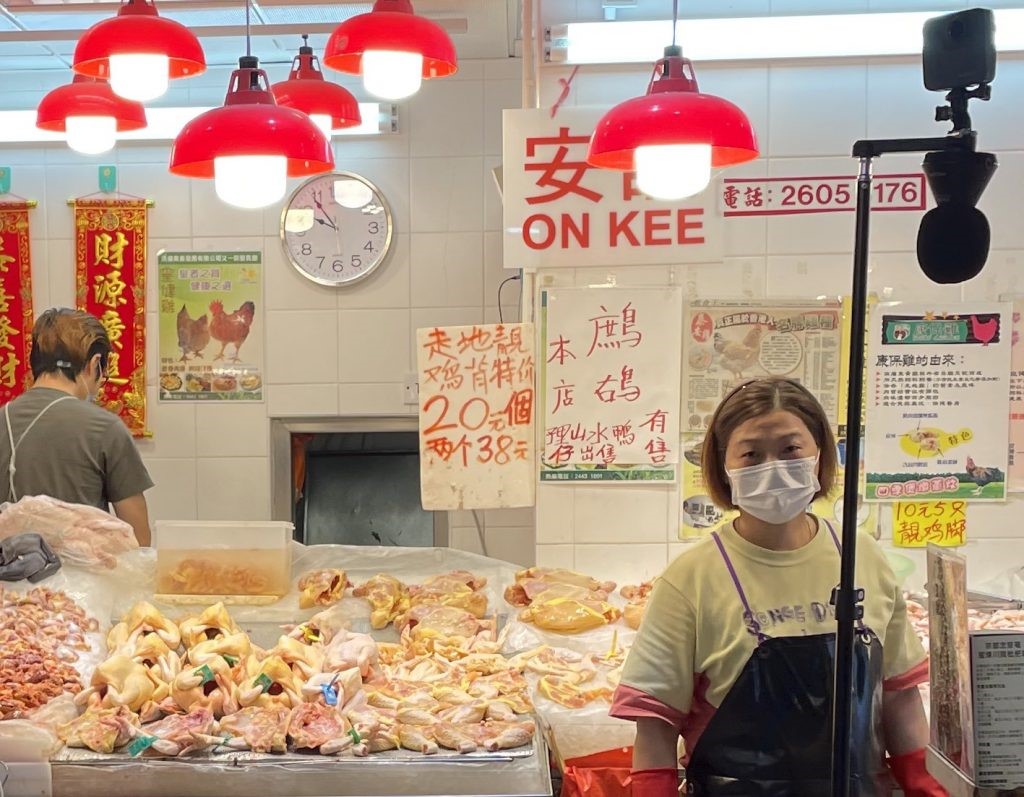GRF #11605622, 2022/23
PI :: PerMagnus Lindborg (City University of Hong Kong)
Co-Is :: Francesco Aletta (University College London, UK), Kongmeng Liew (Nara Institute of Science and Technology, Japan), Yudai Matsuda (CityU, HK), Jieling Xiao (City University of Birmingham, UK).
Project website :: http://soundlab.scm.cityu.edu.hk/mmhk/
Abstract
The sensory cultural heritage, combining tangible and intangible heritage, creates identity and cohesion in a community. In urban research, analysis of everyday-ish and informal customs typically rely on visual images, texts, and archival materials, to describe the multifarious aspects of culturally significant places and practices. By contrast, the acoustic environment is often not part of the narrative, and very rarely is the olfactory environment recorded. Given the contemporary context of rapid and profound transformation in Hong Kong, essential threads of the city fabric risk being neglected, and might even disappear before they can be documented. Can we really claim to know urban places without thoroughly considering, and documenting, the sensory cultural heritage represented by sounds and smells?
Our project seeks to preserve the threatened environment of some of Hong Kong’s signature sites and create a more accurate and richer understanding of culturally important places, rituals, and social practices, allowing greater appreciation of the heritage. In the meantime, this project aims to shed light on the crossmodal relationships between urban landscape, soundscape, and smellscape.
We propose a multimodal research approach that takes sound and smell as core components of the immersive urban experience. The project will document a large sample of characteristic sites in Hong Kong, focusing on places for Street food (街頭小食), Chinese Temples (寺廟 [佛祖, 天后…]), and Wet markets (傳統市場). The database will be open-access via a dedicated project website, connecting with recently initiated international soundscape–smellscape projects. It will contribute to the current need for detailed documentation of the local cultural heritage; support interdisciplinary collaborations; be a significant resource for future longitudinal studies of urbanism in Hong Kong; and a reference point for cross-cultural studies with other cities.
Methodology-wise, we will develop a capacity to systematically collect and analyse data from complex physical environments, integrating sonic and olfactory measurements with video capture and narratives. Field data will be both objective and subjective, to include 360 ̊ video, 3D audio (Ambisonics), and ‘smellprints’ (gas chromatography-mass spectrometry analysis of air samples), as well as sensory walks with observers making structured annotations of the perceived visual, auditive, and olfactory environment, and interviews with stakeholders. The database generated in the project will serve further research in environmental psychology, multimodal perception, and sensory integration. It will also prepare the ground for future multisensorial applications in virtual tourism, art, games, film, and spatial design at museums, galleries, and commercial venues.
